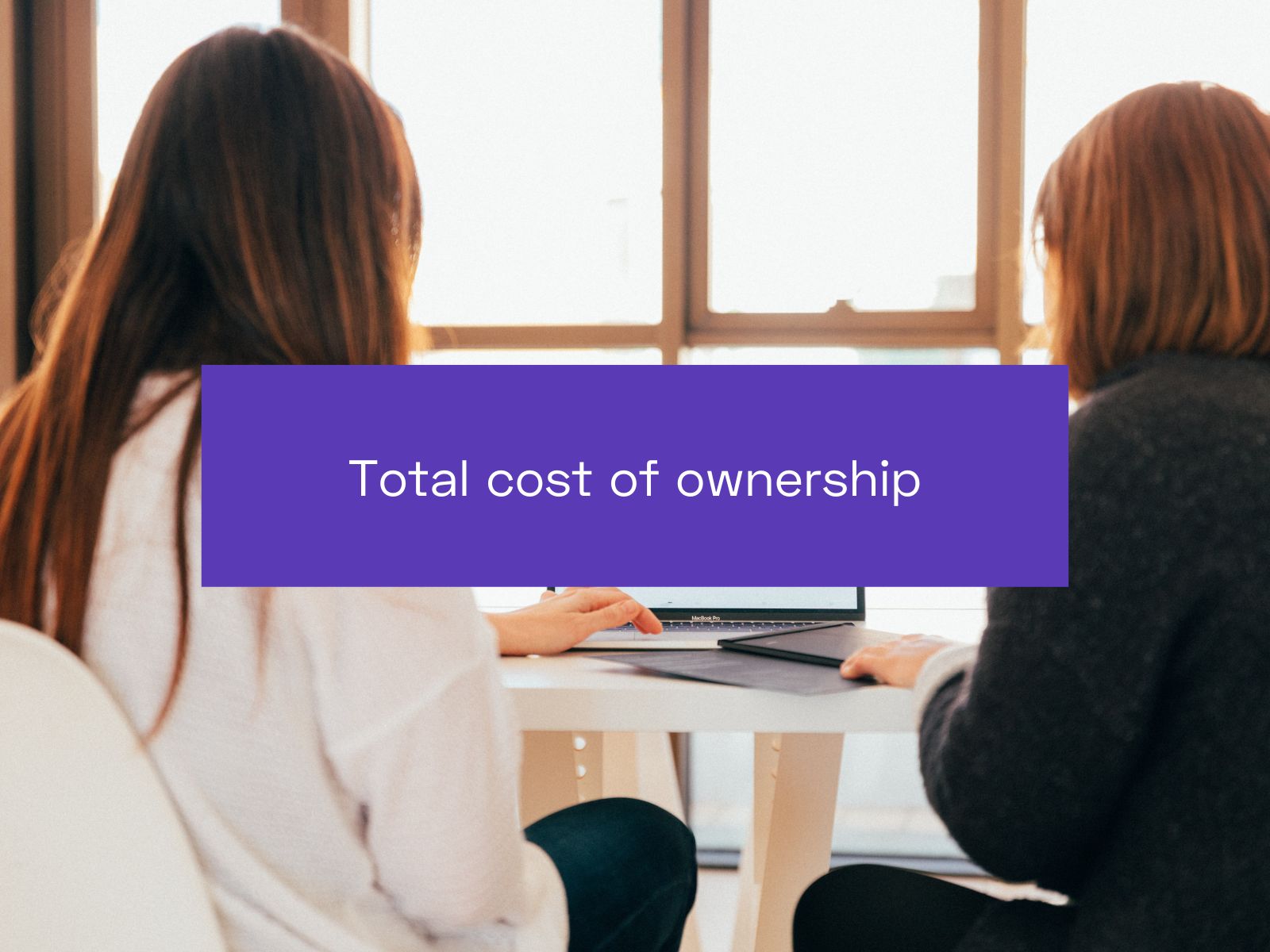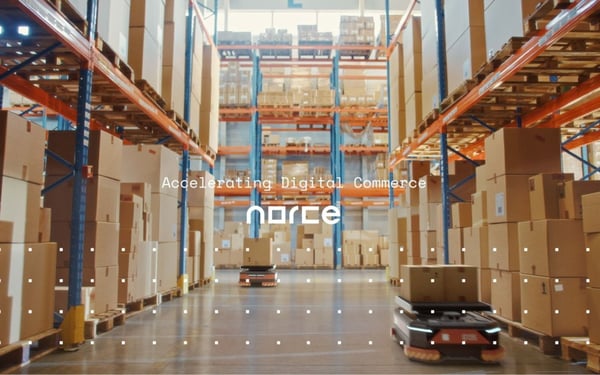In the fast-paced world of ecommerce, businesses need to carefully consider the financial implications of their investment decisions. One powerful tool that helps evaluate the long-term costs and benefits of an investment is the concept of total cost of ownership (TCO). TCO allows businesses to assess the return on investment (ROI) and the return on time invested (ROTI), providing a holistic view of the direct and indirect expenses associated with a particular investment. In this article, we will explore the significance of TCO in the ecommerce industry and how it can help businesses make informed decisions.
Understanding total cost of ownership
TCO analysis is a comprehensive approach to evaluating the financial impact of an investment over its entire lifecycle. It takes into account both the direct and indirect costs associated with a product or service. Direct costs include the initial purchase price, while indirect costs encompass maintenance, support, and update fees that arise during the product's lifespan. By considering these hidden expenses, businesses can gain a deeper understanding of the true cost of their investment.
The financial impact of ecommerce replatforming
Ecommerce replatforming, the process of migrating to a new ecommerce platform, is a significant investment for businesses. It involves various costs, including development expenses, additional integrations, and infrastructure fees. TCO estimation plays a crucial role in evaluating the financial impact of ecommerce replatforming, as it allows businesses to assess the operational costs over 3-5 years that are not included in the initial budget.
Early consideration of indirect expenses
One of the key reasons why TCO is essential in the ecommerce industry is the early consideration of indirect expenses. These expenses may include maintenance costs, training and support costs, data security costs, integration costs with other systems, and potential downtime or disruptions to operations. Failing to account for these expenses from the start can lead to budget strain and compromise on deliverables or project scope. By including these expenses in the TCO analysis, businesses can avoid going over budget and ensure a sustainable platform that can support future growth.
Total cost of ownership key performance indicators (KPIs)
To assess the profitability and sustainability of an ecommerce platform, businesses can use various key performance indicators (KPIs) related to total cost of ownership. Two important KPIs are:
- Total cost of ownership as a gross merchandise value (GMV) percentage: This KPI measures the total cost of ownership as a percentage of the gross merchandise value. It provides insights into the cost-effectiveness of the platform and allows for future forecasting.
- Total cost of ownership expressed as a percentage of capital expenditures (CapEx) and operational expenditures (OpEx): This KPI assesses the percentage of total cost of ownership in relation to capital expenditures and operational expenditures. By monitoring this percentage and ensuring it decreases significantly year over year, businesses can ensure the effectiveness and sustainability of their platform choice.
Major components of total cost of ownership
When calculating the total cost of ownership for an ecommerce platform, it is important to consider several major components. These components vary depending on the type of ecommerce technology being used. Let's explore these components across four types of ecommerce platforms:
1. Development expenses
Development expenses form a significant portion of the total cost of ownership for an ecommerce platform. These expenses include storefront design, back-end development, front-end development, and plugin or app development. Each of these elements contributes to the overall cost of developing and maintaining an ecommerce platform.
Storefront design plays a crucial role in creating a visually appealing and user-friendly website. Investing in a dedicated design for your ecommerce platform can enhance the customer experience and set your brand apart from competitors.
Back-end development involves maintaining and updating all plugins and implementations. The cost of back-end development varies depending on the chosen platform and development partner. Cloudbased platforms often have lower back-end development costs compared to open-source platforms.
Front-end development is necessary for creating the storefront of an ecommerce platform. The cost of front-end development depends on factors such as platform type, country, time-to-market, and efficiency of the development partner.
Plugin or app development is an essential aspect of customizing an ecommerce platform. Different platforms offer varying feature sets, and additional features can be added through plugins or apps. The cost of plugin or app development depends on the platform, type of plugin, and pricing model.
2. Additional Integrations
An ecommerce platform often requires additional software integrations to support various business operations. These integrations can include enterprise resource planning (ERP), customer relationship management (CRM), content management system (CMS), and inventory management software (IMS).
The cost of additional integrations includes the purchase price of each software, integration fees, and licensing fees for the next 3-5 years. It is crucial to assess the specific software requirements of your business and account for these costs in the total cost of ownership analysis.
3. Infrastructure Fees
Infrastructure fees encompass hosting, domain, and security costs associated with an ecommerce platform. These fees are essential for maintaining a reliable and secure online presence.
Hosting costs can vary depending on the size of the business, platform provider, type of ecommerce platform, and infrastructure complexity. Small businesses may opt for more affordable hosting options, while larger enterprises require scalable solutions to handle high volumes of traffic and seasonal spikes.
Domain costs include the purchase and annual renewal fees for a website domain. The availability and pricing of domain names can vary, and businesses should consider these expenses in their total cost of ownership analysis.
Security costs involve obtaining an SSL certificate for website security. SSL certificates can be obtained for free or purchased as a monthly subscription, annual payment, or lifetime purchase. Ensuring website security is crucial for maintaining customer trust and protecting sensitive data.
Choosing the right ecommerce platform
When selecting an ecommerce platform, businesses need to consider the total cost of ownership along with other factors such as scalability, flexibility, and industry-specific features. The choice of platform should align with the business's long-term goals and budgetary constraints.
Legacy monolithic platforms, such as Magento and Salesforce, offer complex and highly customizable solutions but may require extensive development and maintenance costs. Monolithic SaaS platforms like Shopify and BigCommerce provide cloud-based solutions with limited flexibility but lower development and maintenance costs.
Headless SaaS platforms, such as Norce commerce, decouple the front-end presentation layer from the back-end ecommerce engine, allowing for full customization and scalability.
Conclusion
Total cost of ownership is a critical factor to consider when making investment decisions in the ecommerce industry. By evaluating the direct and indirect costs associated with an ecommerce platform, businesses can make informed choices that align with their long-term goals and budgetary constraints. TCO analysis provides a comprehensive view of the financial impact of an investment, enabling businesses to forecast future expenses and assess the sustainability of their platform choice. In the dynamic world of ecommerce, understanding the total cost of ownership is essential for success.
By: Emil Lissborg Nordenskiöld, Head of Sales



